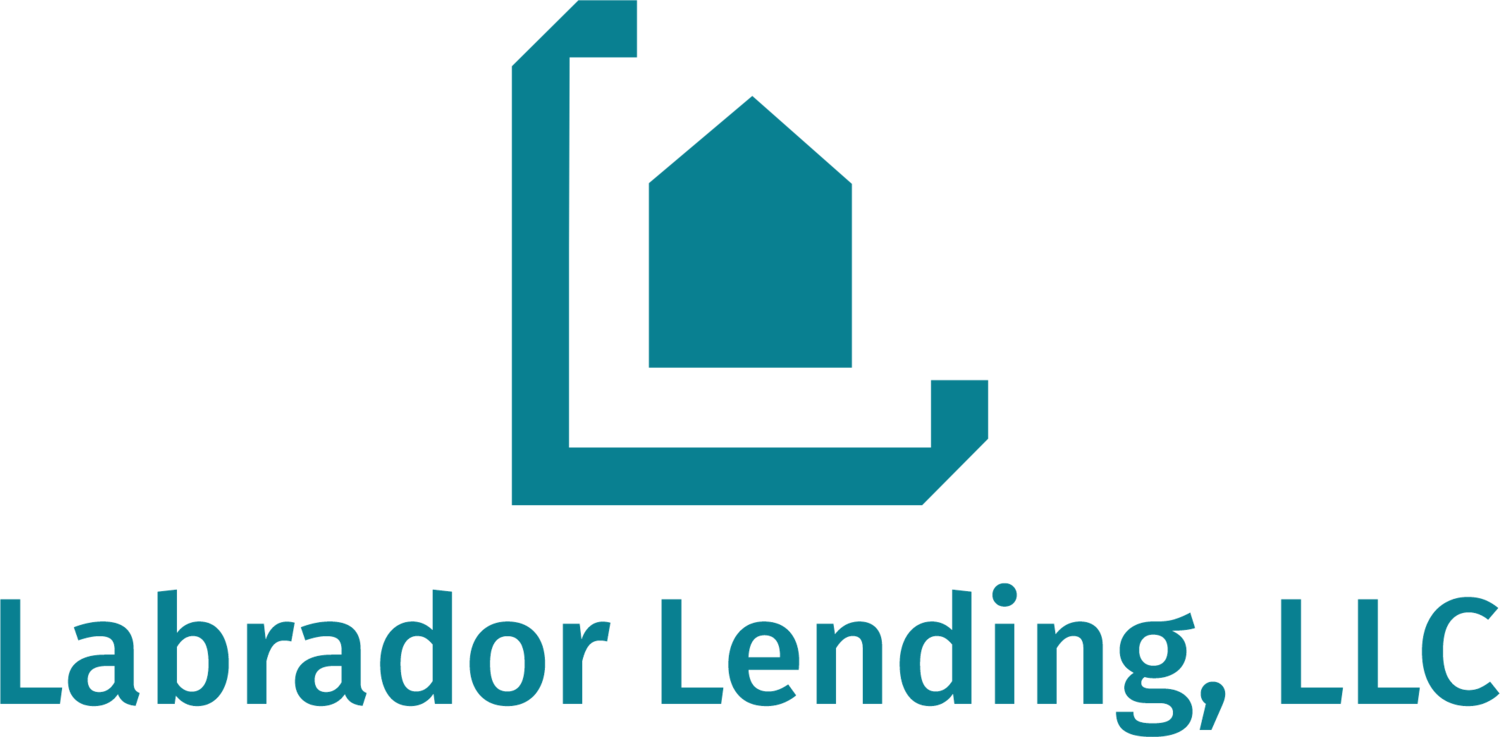In this article, we explain the differences between five tools at a note investor’s disposal when a borrower experiences financial distress. We take a look at: deferment, repayment plan, forbearance, modification, and refinance.

As a result of the COVID-19 pandemic and the subsequent shutdown and skyrocketing unemployment, there have been many terms thrown around–and much confusion–related to relief options for borrowers who have come across financial hardship. Forbearance has certainly been a buzz word, but what is the difference between forbearance and deferment? What is a repayment plan? How does a loan modification compare to a refinance? Let’s dive in.
Deferment
A deferment is an agreement between a lender and a borrower to temporarily suspend or reduce mortgage payments for a set period of time, often several months. At the end of the deferment period, there are several options with regard to the resulting unpaid interest. It may be added to the payoff amount or it may be waived entirely.
A deferment is often used to supplement another mortgage relief option; for example, if the lender is modifying the loan to a new payment amount, they can offer a short deferment period before the modification goes into effect. Other nuances can come into play as well. For example, specific parts of the mortgage may be deferred; interest-only payments defer repayment of the principal portion of the debt during the deferment period.
Repayment Plan
While a deferment agreement suspends or reduces the monthly payment temporarily, a repayment plan increases it to allow a borrower who has experienced a temporary hardship to gradually bring the loan current. A repayment plan is an agreement to repay the delinquent amount over time, often up to 6 months. The length of a repayment plan will vary depending on both the amount past due and the amount the borrower can afford to pay each month, among other things. Here’s how a repayment plan may work:
- The lender spreads the overdue amount over a certain number of months.
- During the repayment period, a portion of the overdue amount is added to each of the regular mortgage payments.
- At the end of the repayment period, the loan will be current and the borrower will resume paying the normal monthly payment amount.
Forbearance
A forbearance agreement is an arrangement made between the lender and a delinquent borrower in which the lender agrees not to exercise their legal right to foreclose and the borrower agrees to a payment plan that will, over a certain time period, bring the loan current. This payment plan often includes a deferment, or a temporary reduction or suspension of payments. The borrower typically must resume the full payment at the end of the forbearance period, plus pay an additional amount to bring the loan current on the missed payments. Although the terms of forbearance agreements can vary substantially, some options are for the borrower to:
- pay the amount due in a lump sum;
- add an extra amount to the regular payments each month until the entire delinquent amount is repaid (repayment plan); or
- complete a loan modification in which the lender adds the unpaid amounts to the principal balance of the loan.
A forbearance agreement is not a long-term solution for delinquent borrowers; it is designed for borrowers who have temporary financial problems caused by unforeseen problems. Borrowers with more fundamental, permanent financial challenges–such as unemployment or long-term medical issues–may need a remedy other than a forbearance agreement. In this case, a loan modification could be the appropriate tool.
Modification
While a mortgage forbearance agreement provides short-term relief for borrowers, a loan modification is a long-term tool to address unaffordable monthly payments. With a modification, the lender can work with the borrower to permanently change the terms of the loan. The modification may reduce the interest rate, convert the interest rate from variable to fixed, or extend the loan term by shifting the maturity date. Although the unpaid principal balance may increase, the monthly payment normally does not.
Typically, in order to be eligible for a loan modification, the borrower must show that they cannot make the current mortgage payments because of financial hardship, and must demonstrate that they can afford the new payment amount by completing a trial payment period. Often, the lender will require that the borrower provide documentation such as a financial statement, proof of income, tax returns, bank statements, and a hardship statement. Like many of the other tools at the lender’s disposal, the terms of loan modifications can vary greatly depending on the situation.
Refinance
While a modification changes the terms of the current loan, a refinance replaces the existing loan with a new one. While a refinance may be more expensive for the borrower initially than a modification, in today’s low-interest-rate climate, refinancing may very well be in the borrower’s best interest. It can lower the monthly payment or change the term to help the borrower reach their financial goals faster.
A refinance can also be quite fruitful for a note investor who purchased the note at a discount. Through a refinance, the investor will normally receive 100% of the unpaid principal balance plus any arrears owed for things like late fees, interest, lender advances for delinquent property taxes, etc. Because of this, some note investors a quite intentional about facilitating a refinance.





